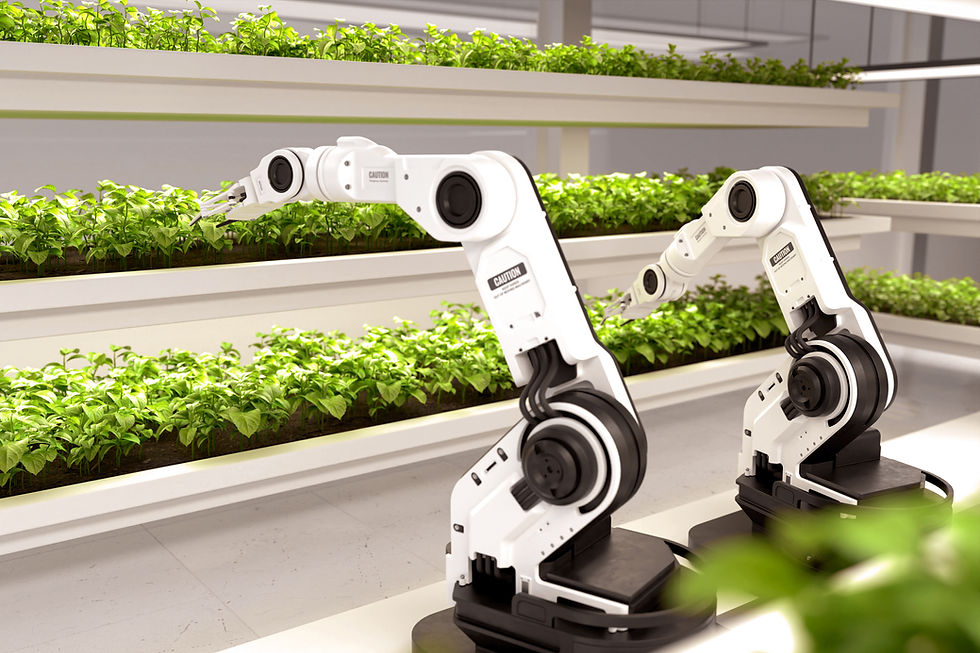🍽️ The Role of Technology in Reducing Food Waste
- Atharva Gupta
- Jun 27, 2025
- 3 min read

Food waste is one of the world’s most urgent yet overlooked challenges. Every year, about 1.3 billion tonnes of food are wasted globally — a third of all food produced. In Singapore alone, over 800,000 tonnes of food are discarded annually, much of it still edible.
Tackling this issue requires action on many fronts — from policy and education to community efforts. But one area that’s showing powerful potential is technology.
Here’s how technology is helping reduce food waste across the food supply chain — and why it matters more than ever.
Smarter Inventory and Supply Chains
Food waste often begins long before food reaches consumers. Supermarkets, distributors, and producers sometimes discard food due to overstocking, expiry dates, or inefficient storage. Technology is stepping in with tools that:
Use AI and predictive analytics to better forecast demand
Track expiry and freshness in real-time through smart inventory systems
Help suppliers redirect surplus before it spoils
This means less overproduction, fewer spoiled goods, and more efficient movement of food through the system.
🍳 Kitchen & Consumer Tools
In restaurants, cafes, and even home kitchens, smart bins and food waste tracking systems are being used to monitor exactly what’s thrown away and why. These tools help:
Identify commonly wasted items (e.g., excess rice, unused ingredients)
Encourage portion control or menu adjustments
Educate users on waste patterns and habits
For consumers, there are now apps that help track what's in your fridge, suggest recipes based on nearing-expiry items, and remind you of use-by dates — turning food waste prevention into a daily habit.
🔍 Tackling Misunderstood Expiry Dates
Misreading date labels is a major driver of food waste. Many people throw out food that’s still safe to eat. That’s why new technologies are being developed to:
Use AI and sensors to measure actual food freshness
Introduce intelligent packaging that changes color as food spoils
Educate users through smart labels and QR codes
This is especially important in countries like Singapore, where household food waste remains high due to misconceptions about safety and expiry.
🔗 Transparency Through Blockchain
Blockchain technology is being explored as a way to create more transparent and traceable food systems. With it, each step — from farm to table — is recorded. This transparency can:
Reduce spoilage and fraud
Improve logistics efficiency
Increase trust in food redistribution efforts (e.g., knowing the source and handling of surplus food)
While still an emerging space, blockchain is a promising tool for strengthening accountability in the food supply chain.
🌱 Why It Matters
Technology alone can’t solve food waste — but it can amplify our efforts, make systems more efficient, and empower individuals and organizations with the data they need to act.
As awareness grows, so does the potential for collaboration between governments, businesses, communities, and innovators. Whether it’s through AI, mobile apps, or smart packaging, technology offers real, scalable solutions in our shared mission to reduce food waste.
💭 What Can You Do?
While we may not all be tech developers, we can support and spread awareness about these innovations. Here’s how:
Follow and share new solutions making an impact
Support businesses and eateries that actively reduce food waste
Educate yourself and your community on responsible consumption
Together, through smart ideas and small actions, we can build a more sustainable, waste-free future.



